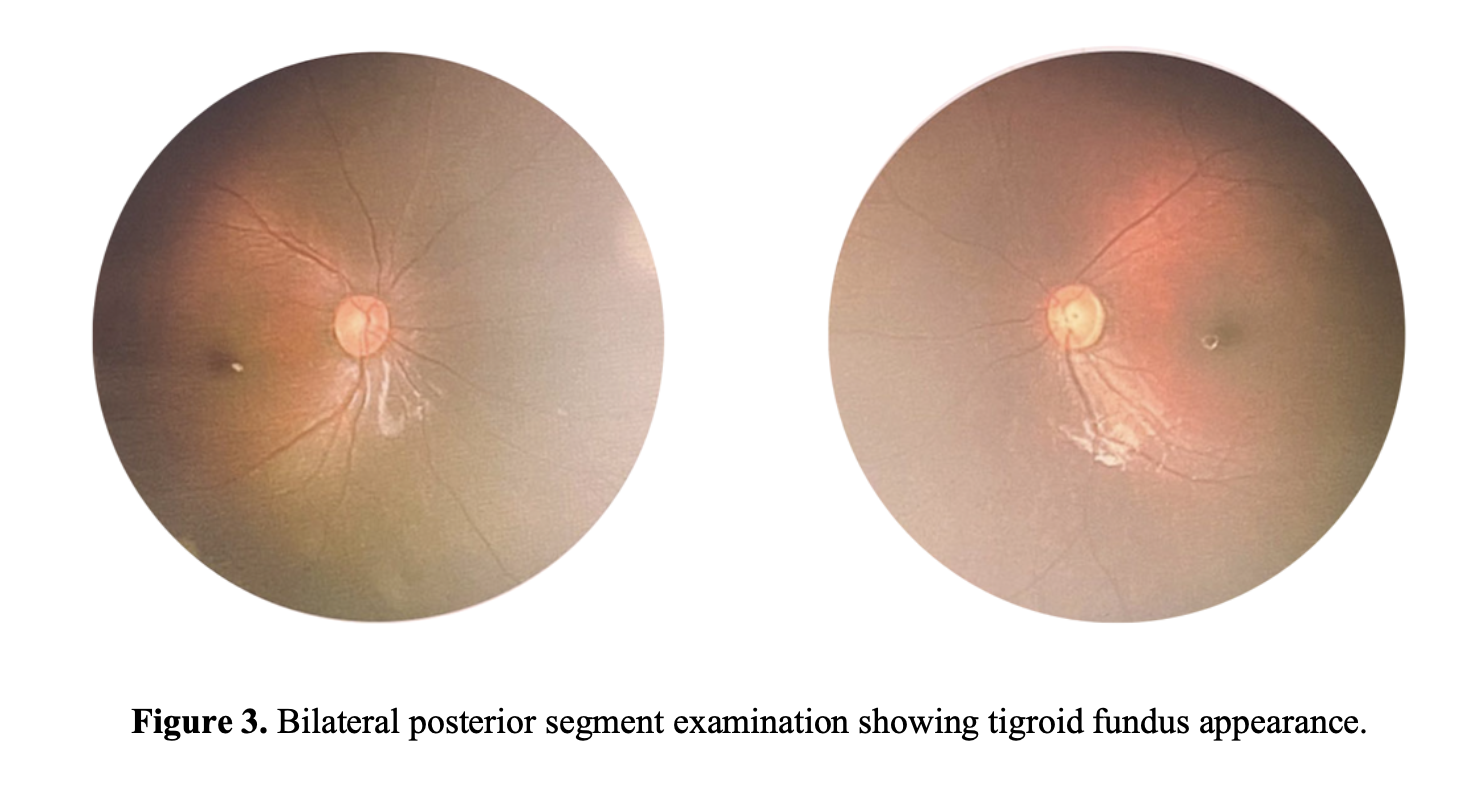Relationship Between Contact Lens Wear and the Risk of Acquired Blepharoptosis Oral Presentation - Observational Study - General practitioner
Abstract
Abstract
Introduction & Objectives : Contact lens wear has been reported to be associated with acquired blepharoptosis. This literature review aims to summarize and evaluate the risk of acquired blepharoptosis in contact lens wearers.
Methods : Literature searching was conducted using three online databases including PubMed, Cochrane Library, and Embase. Search terms such as “contact lens”, “ptosis”, and “blepharoptosis” were included. Reference lists of each study were also assessed for potentially relevant sources. Prospective and retrospective studies as well as meta-analyses and systematic reviews were included.
Results : Using relevant search terms in various databases, a total of five articles were included in this review. Four studies suggested that wearing hard or soft contact lenses was significantly associated with blepharoptosis. One study indicated hard contact lens wearers presented blepharoptosis 17.38 times more frequently than non-wearers (OR, 17.38, 95% CI=3.71–81.29), while soft contact lens wearers had 8.12 times more risk of presenting blepharoptosis than non-wearers (OR, 8.12, 95% CI=2.68–24.87). Furthermore, long-term contact lens wear, which was 20 years or more, seemed to have a significant effect on the incidence of blepharoptosis. There was only one study which stated that hard contact lens wear did not lead to acquired blepharoptosis in this review.
Conclusion : There is evidence of a clear association between hard or soft contact lens wear and an increased risk of blepharoptosis. Patients wearing contact lenses should be informed of the risk of blepharoptosis, and a history of contact lens use should be sought in all patients who have acquired blepharoptosis.
Full text article
References
(-)
Authors

This work is licensed under a Creative Commons Attribution-NonCommercial-ShareAlike 4.0 International License.


